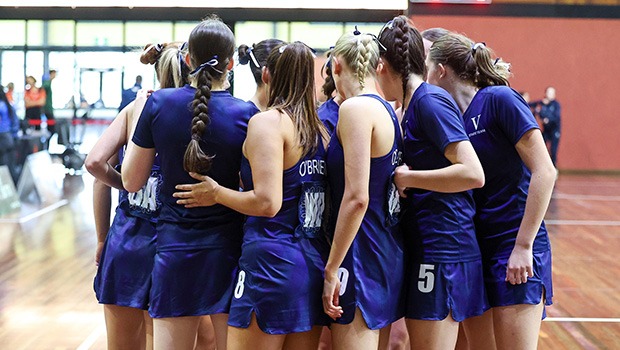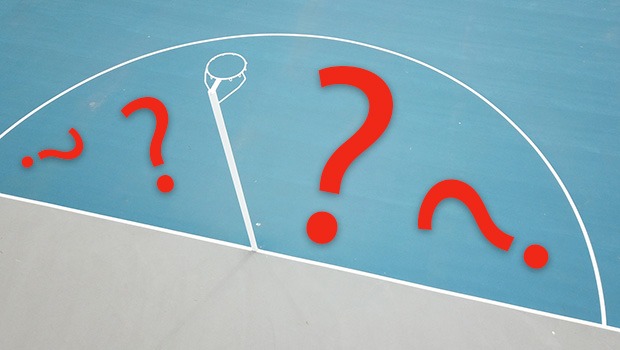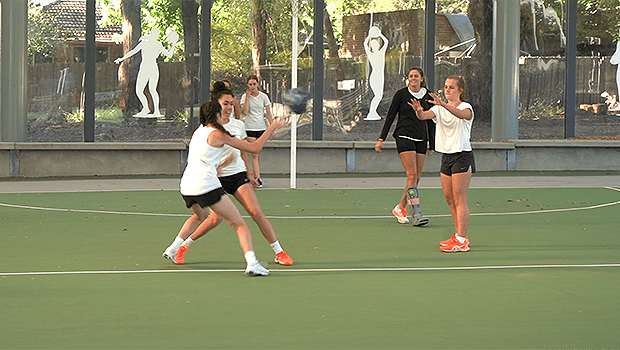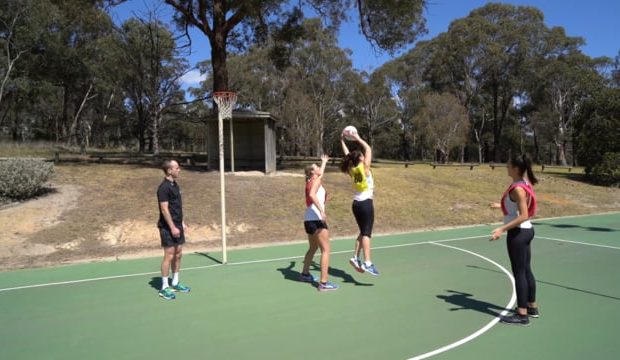Here’s a debate you’ve probably had with other netball coaches at your club more than a few times over the years: is it better to have nine players or 10 players in your team?
Is 10 players too many? Is nine players not enough?
Your own opinion is probably coloured by your previous experiences with injuries, disgruntled players and parents and a host of other potential factors.
There’s no right or wrong answer, of course, but at the clubs I’ve been involved with we’ve almost always selected 10, because in the seasons where teams have had nine there’s been at least one injury or major absence that’s cut our numbers to eight or less for a large part of the season.
Now of course being reduced to eight players means more court time for those players, which will clearly be a positive for them, in as far as they’ll improve simply through spending more time on court. However, it also pays to consider some other factors, and particularly with young teams.
If you’ve selected nine players, you’ve likely got three goalers, three defenders and three midcourt, with one or two goalers/defenders who can run through the midcourt also.
SELECTING TEAMS? MAKE LIFE EASY WITH NETBALLTRIALS.COM!
Now, prior to the season starting you might have promised some players development opportunities in other positions – your starting GK wants to learn WD or spend more time in GD, for example.
Then BANG. Round 3 you lose your main goal defence to an ankle injury. Now you’re left with eight players, and the only other height you had in defence is on the sidelines. Maybe you’re able to continue rotating players anyway, but there’s a good chance your GK is now going to have play to four quarters in the same position every week until the injured player returns, limiting your GK’s development opportunities.
However, there have also been other occasions where all 10 players have remained fit and healthy for the entire year, which brings its own challenges in giving everyone adequate court time, as well as trying to give players opportunities in multiple positions.
A CLUB BY CLUB QUESTION
The challenge for most clubs is that they have many teams to consider in each age group.
So there needs to be thought given to what the flow-on effect will be for the entire club if there are injuries, absences or withdrawals – particularly in the higher teams.
Selecting nine players in all teams could mean that losing a player in a higher team means every team below is affected. Lose a player from the 1s and a player from the 2s and there’s a good chance your 3s, 4s, 5s and so on will now have to give up TWO players each, to cover those holes in the teams above them.
NEED DRILLS? SIGN UP TO ACCESS 400+ VIDEOS WITH LIVE INSTRUCTION!
If your bottom team only started with nine in the first place, they’ll now be left with seven, and probably needing to chase some replacements from outside the club.
In our experience, if you DON’T want 10 players in every team, you might be best to approach it one of two ways: select 10 players in some of the higher teams and nine in the lower ones, or select nine in the higher teams and 10 in the lower ones.
That way, if there’s 10 players in the top teams and someone is injured or unavailable, they’re covered by having the additional player, without needing to impact the lower teams. Or if it’s the lower teams with the extra players, there can be upwards movement without leaving them short at the bottom end.
KNOW YOUR PLAYERS
Taking 10 players allows you more flexibility to cover injuries and absences, but the comment complaint made by coaches is that they also have to spend more time juggling court time and rotations.
No one likes making three changes at half-time just when the team’s finally settled, but if all players are to receive at least a half of court time, that’s sometimes what you’ll have to do.
It’s all part of the art of coaching, though. Being able to balance the team’s combinations while also trying to extract its best performance is something we all have to deal with, as is rotating which players receive a half each week. In that respect, it’s about knowing your players and learning how to get the best result while balancing all of those competing factors.
Does Player A enter the game well after sitting off for the first half, or do you need to inject them at quarter-time to avoid them struggling to get into the game after sitting on the sidelines for two quarters?
Which players can adjust well to being swung through multiple positions in the same game, to allow you to rotate court time more easily? Which players take longer to work themselves into a position, and are therefore better staying put in the one bib for a half or more?
These are all questions you should ask yourself as a coach, each week and with a long-term view across the whole season.
Again, when it comes to team numbers there’s no right or wrong answer, and the number of players you select might also depend on other factors, such as how many players put their names forward for your teams in the first place, and what standard those players are at.
Either way, it’s a good discussion to have with your coaching group before you tackle your next selections!
How many players are in your ideal team lineup? Share your thoughts!





